
 Category: Events, Exhibitions
Category: Events, Exhibitions 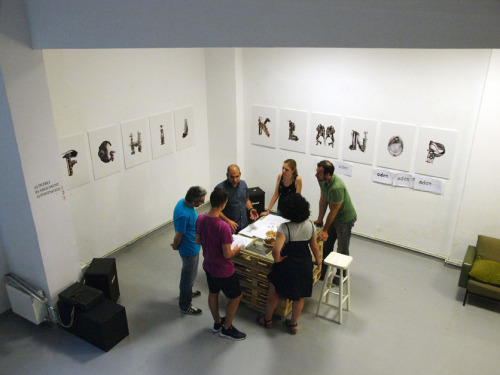
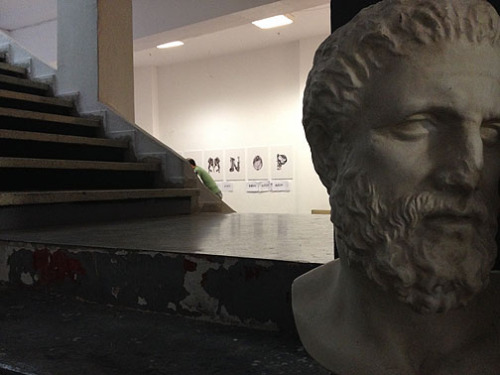
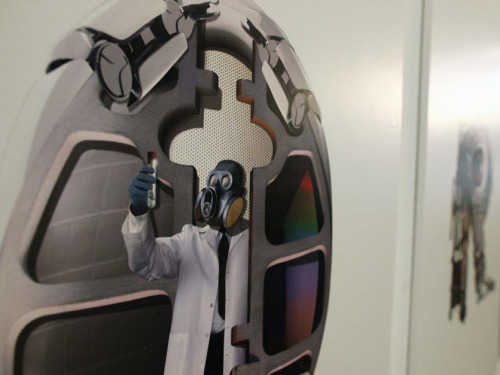

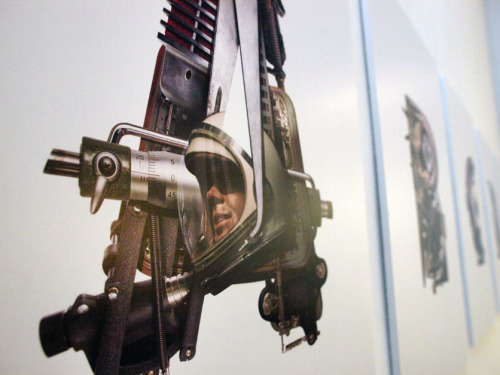
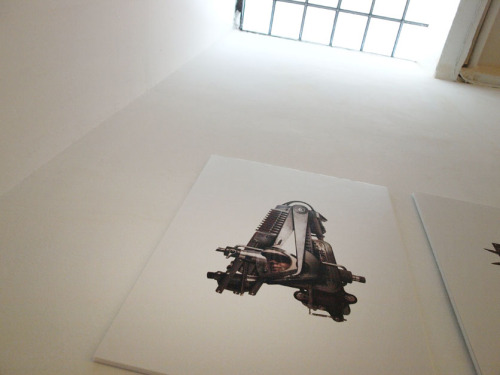
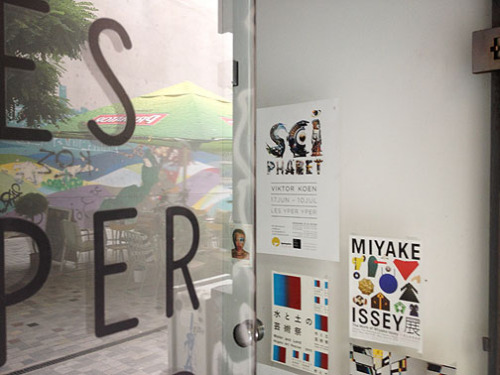
Γράμματα, εικόνες ή σύμβολα;
Στα πλαίσια του 6ου παγκοσμίου συνεδρίου τυπογραφίας & οπτικής επικοινωνίας (ICTVC), το αλφάβητο Sciphabet του πολυβραβευμένου σχεδιαστή Victor Koen, εκθέτεται στο Les Yper Yper από τις 17 Ιουνίου έως τις 10 Ιουλίου.
26 λεπτομερώς εικονογραφημένοι χαρακτήρες ως αναζήτηση στη φυση της γραφής, με εφαλτήριο την ιστορία και προορισμό το μέλλον της οπτικής επικοινωνίας.
Τα εγκαίνια της έκθεσης θα πραγματοποιηθούν τη Τρίτη, 21 Ιουνίου, στις 20:00 όπου θα παρευρίσκεται και ο ίδιος ο σχεδιαστής.
[Schiphabet Exhibition @ Facebook]
Viktor Koen is an award-winning artist, designer and educator born in Thessaloniki, Greece.
He holds a BFA from the Bezalel Academy of Arts & Design in Jerusalem and an MFA with honors from the School of Visual Arts in NYC and serves on the faculty of the MFA Illustration and BFA Graphic Design departments at SVA.
Koen is a regular contributor to The New York Times and The Wall Street Journal and his client list includes Penguin Books, Random House, Doubleday, Simon & Schuster, Harper Collins, Rizzoli, Houghton Mifflin, Time, Newsweek, Esquire, The Economist, The Atlantic, National Geographic, Rolling Stone, Wired, Sports Illustrated, Fortune, Money, Forbes, BusinessWeek, Nature, Scientific American, Golf Digest, The Boston Globe, Chicago Tribune, LATimes, Atlantic Records, Roadrunner Records, Virgin and the BBC.
Koen’s posters and prints are exhibited in galleries and museums in the United States, Europe, Japan and Australia and are part of private and institutional collections. His work is consistently featured in books and publications worldwide, and his distinctions include the Communication Arts Award of Excellence, Graphis Gold Awards, First Prize Digital Hall of Fame and Folio Gold Awards.
Collecting, photographing and eventually bending scientific instruments into letters is a long process, feasible only when one is obsessively attracted by the aesthetics of science and that’s not difficult, just odd. Science and technology museums being a personal natural habitat, the abundance of raw materials required at the begging of any illustrated alphabet was mostly there as the fascination with surgical tools, machinery and microscopes has been long and consistent. Knowing so little about the function and secrets behind such objects is I think my only regret for being such poor student in these subjects.
Sciphabet is a natural extension of my science or more truthfully, scientifically looking illustration work. Breaking apart perfectly good and honest devices for research and precise documentation, transforms them to raw materials waiting to be mangled, fused and twisted into images that communicate science but couldn’t be any further from accurate knowledge of any sort. Having discovered early on that appearing clinically attractive is convincing, inspiring, or even ironic, made a point of using such secret formula for some of the most conceptually challenging assignments. And this is where Sciphabet comes in to bring high science into the most elementary building block of our written language by fusing the traditional, rusted and obsolete with the modern, experimental and shiny. But also provides a healthy dose of social criticism that doesn’t shy away from pointing out the potential for abuse every time something new and wonderful is discovered, as its dark side lurks just around the corner.
Other than keeping me busy and out of trouble, providing with something to exhibit and an excuse to endlessly photograph strange little details, do we really need such alphabets? Maybe as a continuation of a long tradition for that kind of thing or education, as it seems that the abecedarian format is popular for making anything interesting to youngsters. Illustrating headlines and turning them into the message itself before they are even read? Or illuminating initial caps to decorate a block of copy and provide it with twist?
As The Politics of Science cover for the New York Times Book Review, art directed by Steven Heller, was my first cohesive published experiment with scientific type, it seems that Sciphabet revisits the subject and fulfils an old promise to complete the set.
– Viktor Koen, April 2016